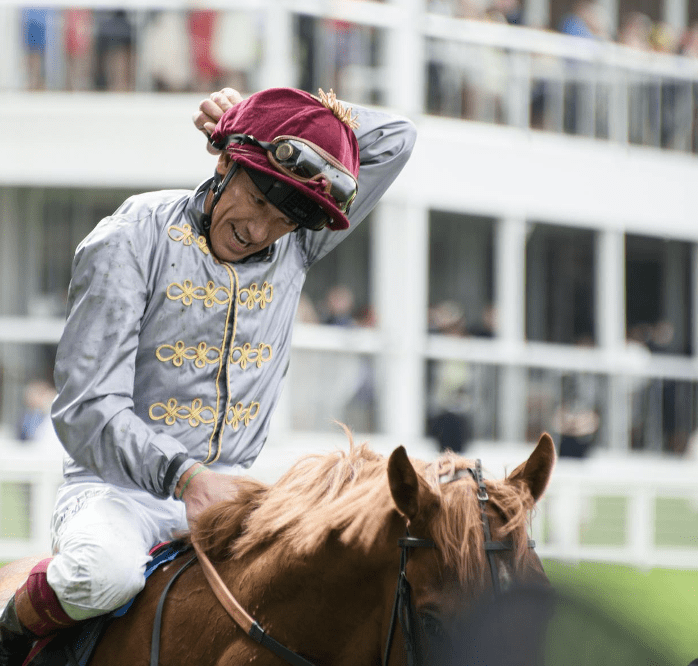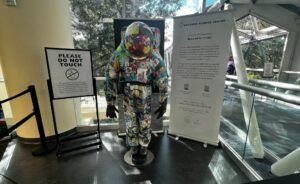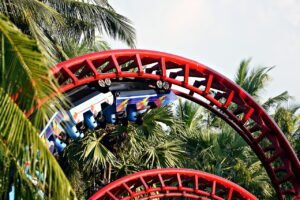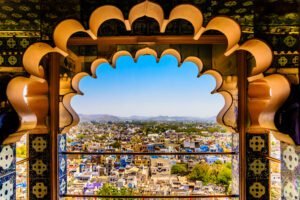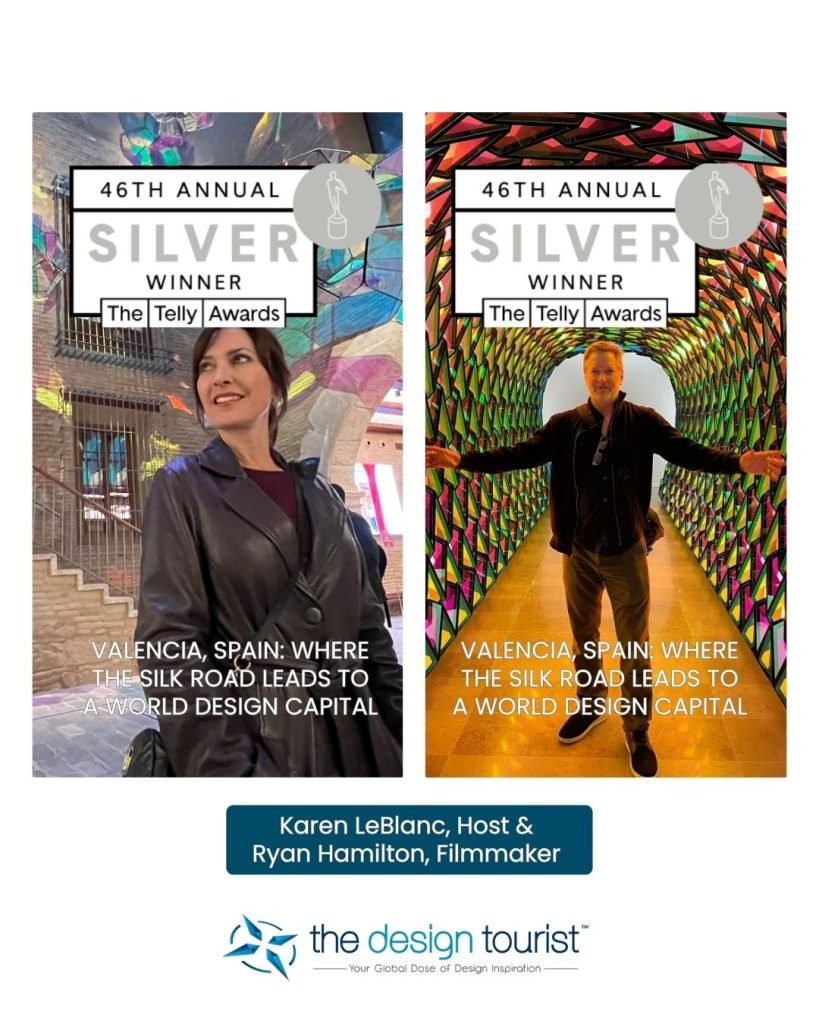about a structure that is decades old, something feels special when you’re there. Just take the iconic Twin Spires at Churchill Downs. The moment you see them; you get the same adrenaline rush you get from the Kentucky Derby.
The best venues aren’t just places to watch horses; they are stage sets for ritual, culture, movement, and drama. Plus, they have a unique architectural design, especially with the grandstand, which often leads to incredible engineering that is impressive to see.
With the right design, you feel close to the action, you can easily move, and it can give you that vibe that allows you to travel back in time. This inspired us to talk more about the art and design of some of the most iconic horse racing venues.
What Makes a Great Racecourse
Every good track starts with clear views. You wouldn’t want to be piled in rows, where the person in front of you will block your view with their enormous hat. Architects call this “sightlines.” In simple terms, you should be able to follow a horse from the turn all the way past the winning post without a pillar, screen, roof edge, or someone’s hat in your way.
That’s why modern stands use big cantilevers and shallow roof profiles. If you are not an architect, then you probably don’t understand the engineering and planning that goes into a grandstand design, especially if it has a roof. This is one of the toughest architectural challenges, which is why these grandstands are so impressive.
And the roof is a big deal in horse racing. It protects fans from rain, allowing them to enjoy the race, and also protects them from the sun blocking their view.
The second thing that makes a good grandstand is movement. Race days bring thousands of people who are all buzzing around. We have parades, betting action, food coming in and out, celebrations, screaming, parties, and so on. The best venues make this loop short and intuitive. You can step from the ring to your seat without getting lost, grab food without missing a race, and get back to the rail before the field swings for home.
Then we have comfort, especially in the luxury section of each track. We are talking about fine dining options, lounges, spaces to stand and chat, bars, and whatnot. That’s why designers use deep overhangs, canopies, wide-permeable facades, and terraces to shape air, light, and the sound of the crowd.
The location of the racecourse is also very important. Look at Del Mar, which is one of the most impressive horse racing locations right down the ocean. This is a racecourse that also has two lakes inside the racing oval. No wonder it is hosting the Breeders’ Cup two times in a row. If you want to get in on the action, now it’s the time, since the Breeders’ Cup odds 2025 are already going crazy.
Lastly, we have the most important thing – the character of a racecourse. This is something that cannot be explained with words, but the overall materials, shape, colors, and even planting choices impact the overall feel of the venue.
Some of the Best Venue Designs
Ascot
Ascot is one of the most incredible horse racing venues, thanks to its huge grandstand that will make you feel like you’re watching a football match at Santiago Bernabeu, not a horse racing event.
The accommodations and seating perfectly surround the track, which means that the view of the action is perfect wherever you sit.
The grandstand’s sweeping roof lifts high above a broad concourse, which keeps sightlines clean and funnels people gently toward the seats. Inside, levels are stacked like clear shelves, so you always know where you are.
The parade ring sits close enough to make form-spotting part of the day, and you can move between rings, bars, and seats in a few minutes.
Churchill Downs and Belmont Park
We talked a bit about the iconic Twin Spires at Churchill Downs, but there’s more. This is one of the most historic venues in the US, and definitely among the top 3, especially after the renovations, which are still going and could cost up to $1 billion.
Churchill Downs has reworked its paddock and public spaces to shorten the walk from “see the horse” to “see the race.” Transparent edges, tiered viewing, and better flow let more people enjoy the pre-race ritual without losing their seats.
Belmont Park’s rebuild is following the same logic: slimmer, more flexible buildings, more open space, and easier access to the infield. The message is clear. Don’t just add more rooms. Make movement effortless.
Happy Valley, Hong Kong
Happy Valley proves that tight urban sites can be an advantage. The track is wrapped by high-rises, the racing is under lights, and the terraces put you almost on the rail. Short walking loops and low barriers keep you close to the action.
It feels more like an open-air club than a traditional grandstand, and that is deliberate. The design compresses the distance between horses and fans, which turns a midweek card into a midweek event.
Meydan, Dubai
Meydan is the opposite approach. It is long, dramatic, and built to host global crowds. The mile-long grandstand folds a hotel, museum, and hospitality into the structure so it stays lively beyond race day.
Long promenades and sweeping balconies set a “big show” rhythm from the moment you arrive. This kind of scale only works when circulation is simple, and that is the trick here: despite the size, you can still find your seat and a view quickly.
Santa Anita, California
Santa Anita shows how older architecture can be both beautiful and practical. The Art Deco lines, soft greens, and broad overhangs are more than style. Those deep shades make hot days bearable and frame spectacular mountain views.
The lesson is simple: pick a strong idea, site it well, and keep it maintained. Good bones age gracefully.
Final Words
Great racecourses are built around simple ideas – see well, move easily, stay comfortable, and wow people by the architecture. The good thing is that most of the old racecourses are well-preserved and are constantly being updated.
So, if you want the best of the best, make sure you visit each racecourse from this list.









